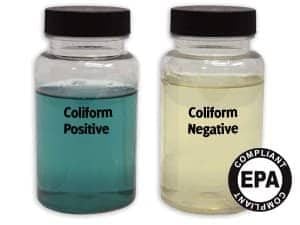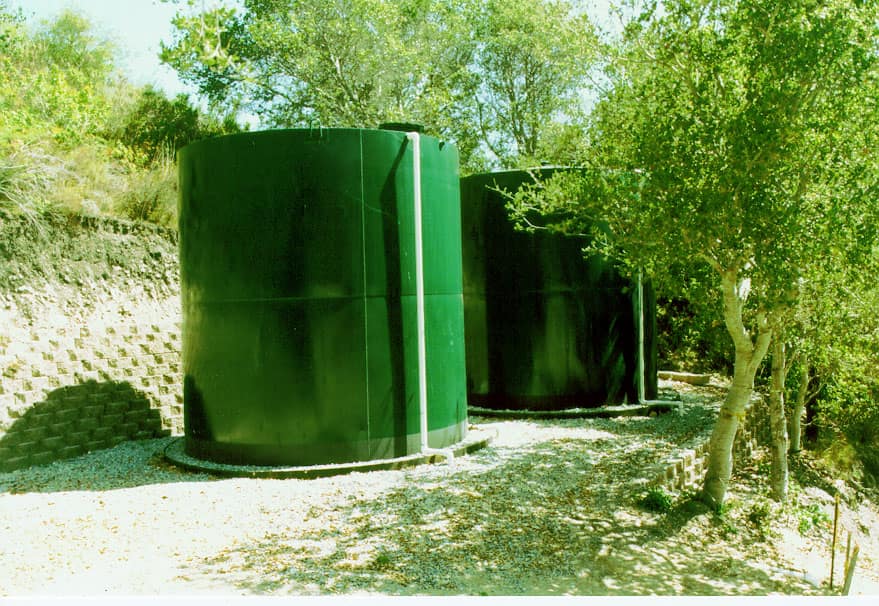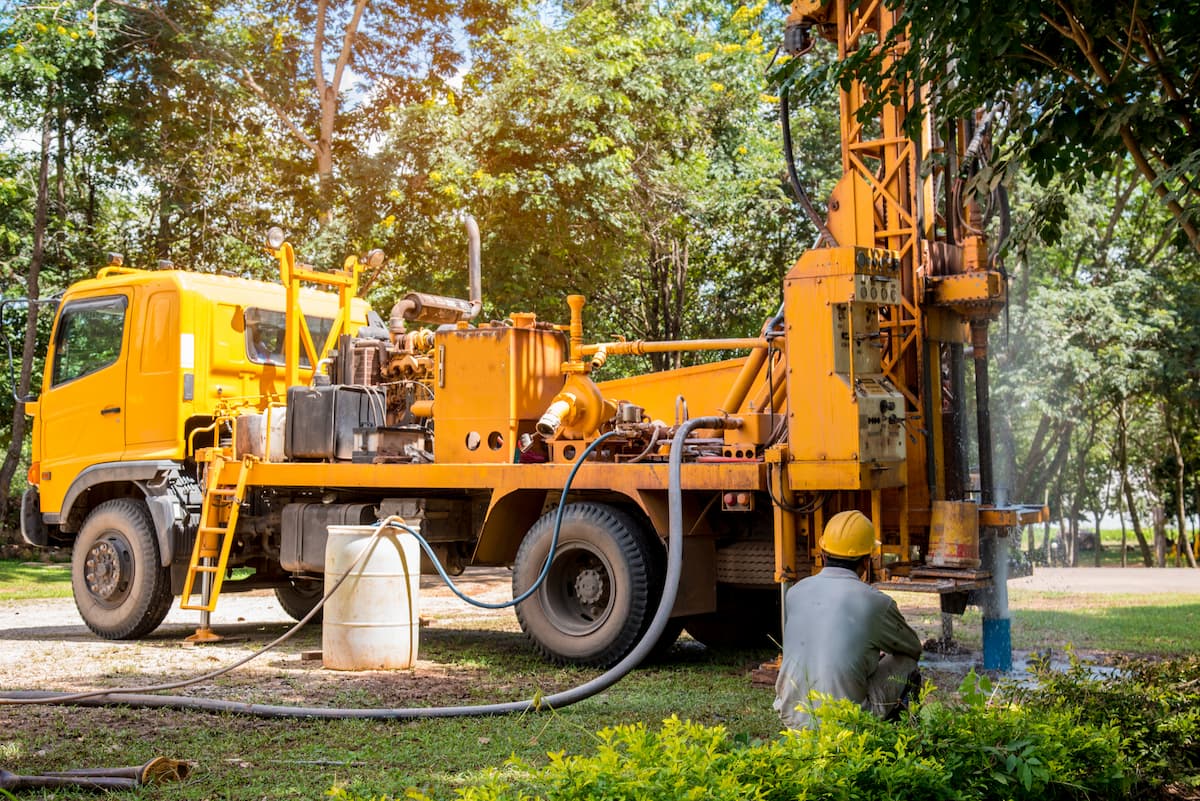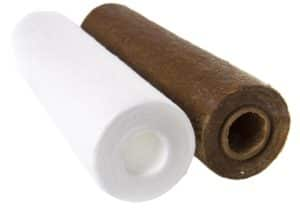What You Should Know About Coliform Bacteria in Your Home Well Water
Sources of Coliform Bacteria Contamination in Home Well Water
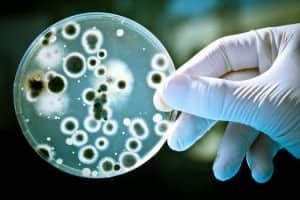 Bacteria can contaminate your well water without any change in taste or odor to the water. The U.S. Environmental Protection Agency recommends annual testing of residential water wells for coliform bacteria.
Bacteria can contaminate your well water without any change in taste or odor to the water. The U.S. Environmental Protection Agency recommends annual testing of residential water wells for coliform bacteria.
Generally, there are two categories of coliform bacteria that are found in well water, total coliform, and fecal coliform or E.coli. The presence of total coliform, by itself, doesn't imply that the resource is contaminated, but it can reveal that one, if not more of the more serious types of harmful bacteria, such as fecal or E. coli bacteria, may be present.
In many instances, whenever total coliform is detected, additional tests are performed to verify either the presence or absence of fecal or E. coli bacteria.
Human or rodent waste products can be a principal source of bacteria in water. These sources of bacterial contamination consist of run-off from yards, feedlots, pastures, canine runs, and other farm land areas where animal wastes are deposited. Bugs, rats, rodents or wildlife entering the well can also be sources of contaminants.
Some other sources include leaking septic tanks, barnyard run-off, or flood events.
Bacteria from these sources can enter wells which are open on the surface, do not have water-tight casings or caps, or do not have a seal of grout in the space (the space between the wall of the well and the outside of the well casing).
It is important to try to identify the source of the contamination, and take measures to protect your well from contamination. To start your search for potential problems, begin close to home. Do a survey around your well:
- are there livestock nearby?
- are pesticides being used on nearby agricultural crops or nurseries?
- do you use lawn fertilizers near the well?
- is your well “downstream” from your septic system or your neighbor's?
- is your well located near a road that is frequently salted or sprayed with de-icers during winter months?
- do you or your neighbors dispose of household wastes or used motor oil in the backyard, even in small amounts?
If any of these items apply, it may be best to have your water tested and talk to your local public health department or agricultural extension agent to find way to change some of the practices which can affect your private well.
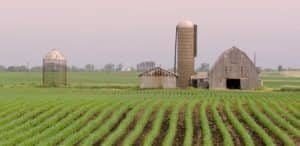
Well Drillers and Contractors May Accidentally Contaminate Your Well Water
There are two basic ways coliform bacteria can get into a well by a well driller or contractor. One is by the original drilling and installation of the pump. The other is when the well or pump is being repaired.
Original drilling processes include the activities related to the original construction of the well, including the original pump installation. This represents the first and usually most severe exposure of the well to bacterial contamination. Because there are so many different ways to introduce bacteria into the system, the original well construction can often be the cause of an ongoing bacteria problem that can go on for many years.
Wells which have recently been worked on can be contaminated from the work done by the well driller or contractor. Introduction of coliform bacteria can occur from the tools that are used, drilling pipe, fluids used in the drilling, tools or dirt falling down into the well while it is being worked on, or even airborne particles being carried down into the well.
It is important that all water used in the drilling process be chlorinated treated water or, at the very least, free from any bacteria or viruses.
Thorough chlorination of the water should be done for all water used during drilling and before it is introduced into the well. It is important not to trust that the water used for drilling obtained from a neighboring well is free from bacteria.
Chlorine of not less than 50 PPM (mg/L) should be added any water entering the well, no matter where the water came from. Equipment and tools lying on the ground or the bed of a service truck also represent excellent paths for bacteria or viral contamination.
This equipment should be kept as dry and clean as possible, covered until needed, and washed down with a chlorinated solution before placing into the well.
Testing for Coliform At Home
Recently it has become possible to analyze for these bacteria at home utilizing state-of-the-art test kits.
These kinds of low-cost kits make it easy for anyone to keep an eye on their own home well drinking water supplies for contamination through consistent water testing of their water wells.
For more help on removing bacteria from your water, visit our Bacteria page on our Water Problems tab.
If you still have questions, don’t hesitate to e-mail us at support@cleanwaterstore.com, leave us a message on Facebook, or use our online contact form for prompt, personalized assistance from our trained professionals. Thanks for reading!

